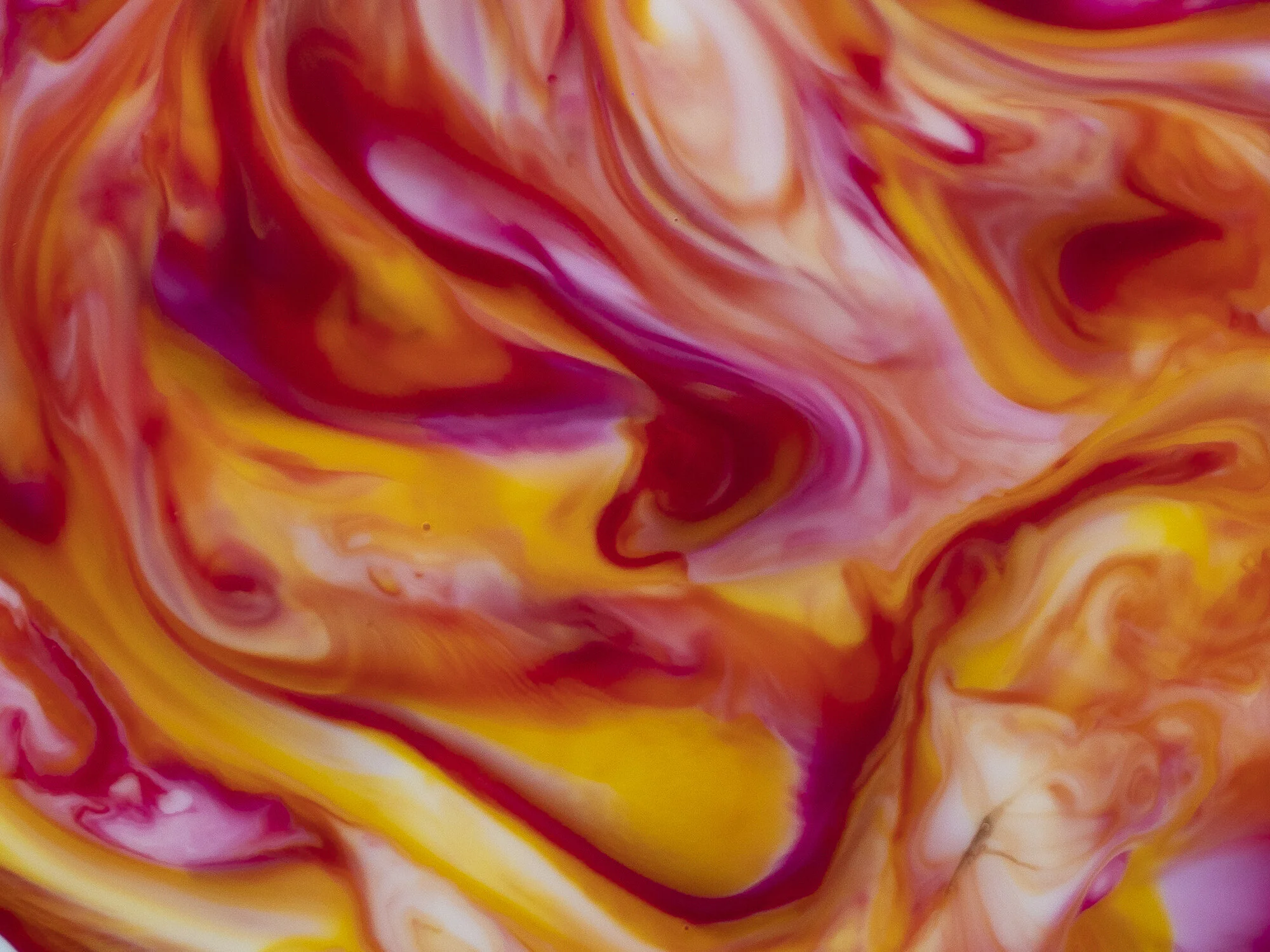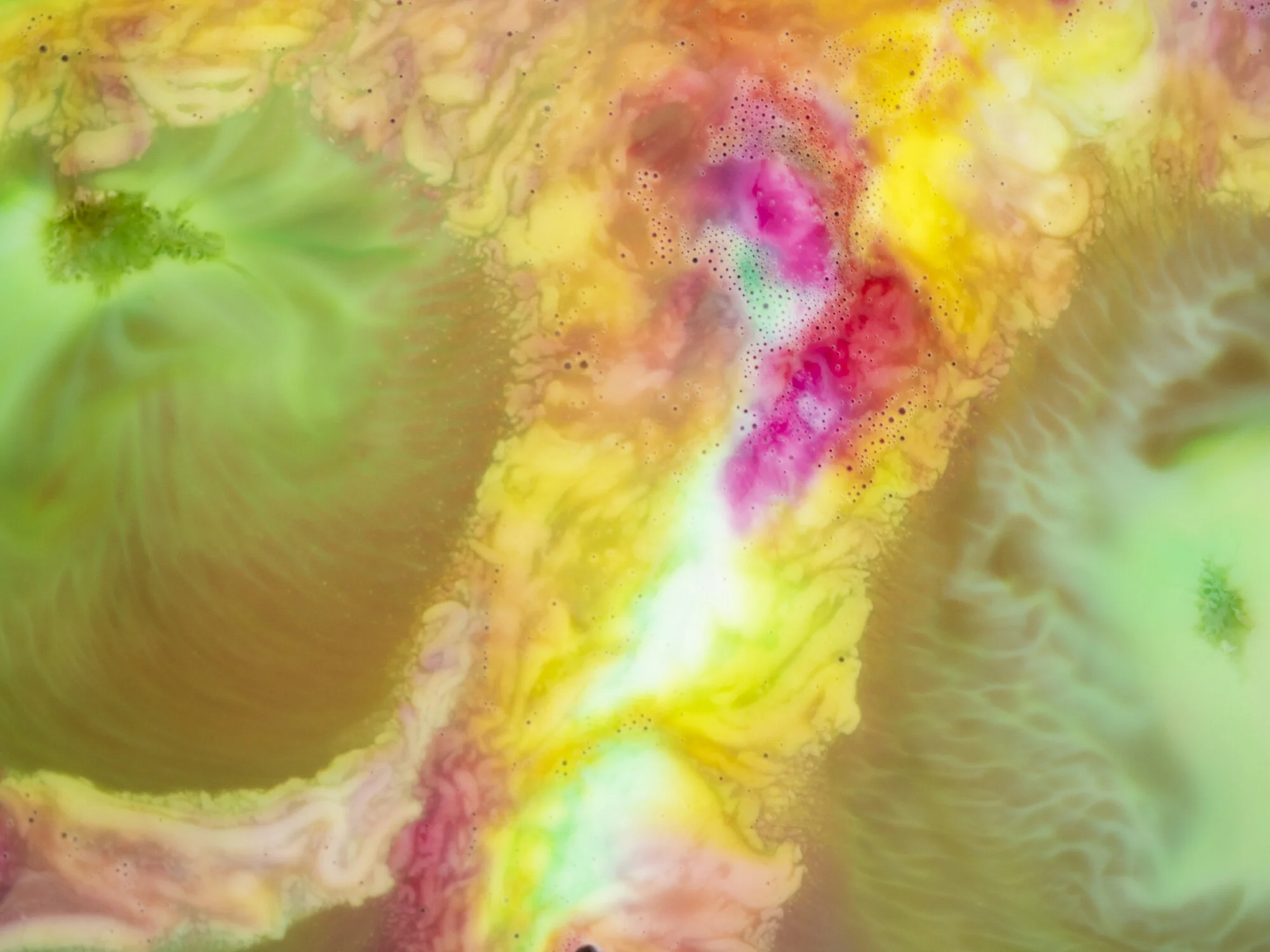Welcome to WEEK FOUR of our Autumn/Halloween Create with Me Series! In todays episode we’re getting outside to do some autumn photography at one of my favourite local beaches in Kelowna.
Captured on our Trip
For this photo I tried to find a single leaf in the gap of autumn leaves on a tree at Gyro Beach.
One of my favourite parts of Gyro Beach is the beach rental hut. In this particular photo I picked up a brand full of autumn leaves off the ground, held it up to my camera and shot through the leaves to create this beautiful foreground blur.
To given your autumn photography a twist you could try some panning or Intentional Camera Movement. For this I slowed my shutter speed, and panned vertical with the grain of the wood tree and autumn leaves to create this vertical pan.
The beautiful part of autumn that I always find interesting is when the sun peaks from behind the clouds and spotlights a part of the landscape in a beautiful glow. I loved the hints of red and orange in the landscape when this happened.
I found these sand bars at Rotary Beach interesting. Both Rotary and Gyro are fairly low beaches in that in the summer you can walk for a long time before it gets deep. I loved how the sunset radiated against the lake. For this photo I slowed my shutter speed to create a more buttery lake vibe.
This is the exact same sand bar at Rotary Beach. However, this photo was taken shortly after the sun had set and we were entering into blue hour.
I hope you’re out enjoying some autumn photography!
Beautifully Wander | Robynne Ikesaka






































